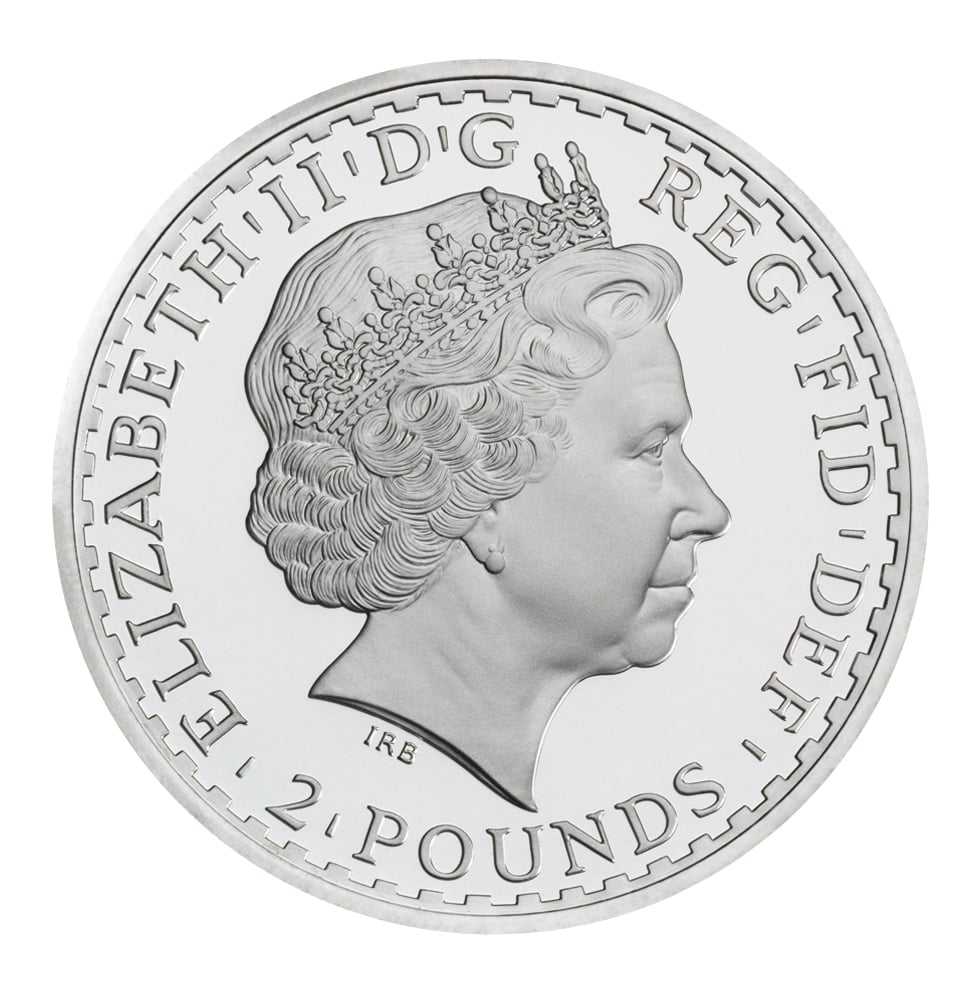

Wagner recounted his team’s discovery of artifacts worth an estimated $6 million in the January 1965 issue of National Geographic. Between 19, according to Jill Nelmark of Hakai magazine, Florida issued more than 50 salvage licenses, including one granted to treasure hunter Kip Wagner.

The first modern salvage expedition to the so-called Treasure Fleet took place in 1928. Only one vessel in the fleet, a French ship called the Grifón, escaped the storm intact.Ī selection of Spanish coins unearthed on Florida's "Treasure Coast" The ships sank during a hurricane while carrying goods from Cuba to Spain. Previously, the trio of treasure hunters has discovered belt buckles, pieces of porcelain, cufflinks and cutlery by combing the beach for artifacts or salvaging the wrecks of 11 treasure-laden ships lost in 1715. “ … Maybe four times year I can go out and pick up items from that era.”Īs Martinez explains to WPTV, major storms carry away much lighter sand and leave heavier metal artifacts in shallow water by the beach, where they can be recovered with the help of a metal detector. “It takes an element like that from mother nature to move the sand away in such a way that we can get down to the stuff from the 1700s and 1600s,” Martinez tells the Weather Channel. As winds of up to 40 miles per hour swept through the area and 13-foot-tall waves crashed offshore, friends Jonah Martinez, Cole Smith and Jeremy Prouty set out to search the beach for newly unearthed artifacts.

The coins, valued at an estimated $5,000 to $6,000, washed up on Florida’s “Treasure Coast” when a storm system moved across the Gulf of Mexico and over the state on February 22, per Jan Wesner Childs of the Weather Channel. Treasure hunters on Florida’s southeastern coast have discovered 22 silver coins dating to a 1715 Spanish shipwreck, reports Denise Sawyer for CBS12 News.


 0 kommentar(er)
0 kommentar(er)
